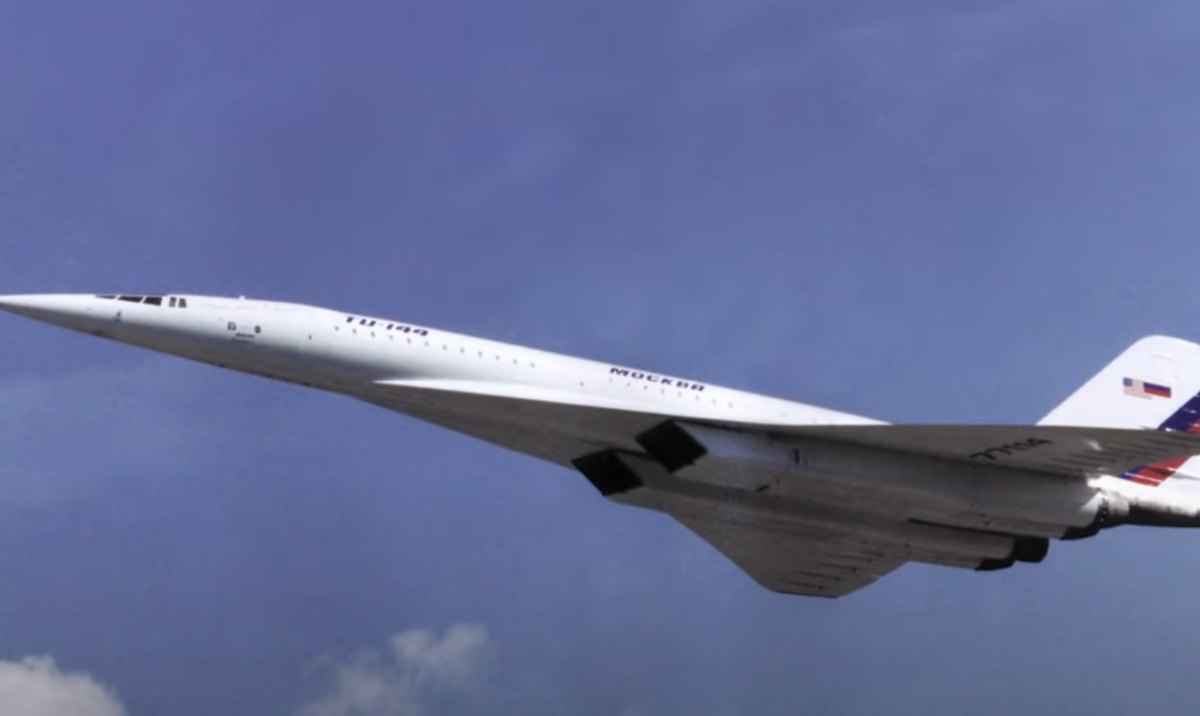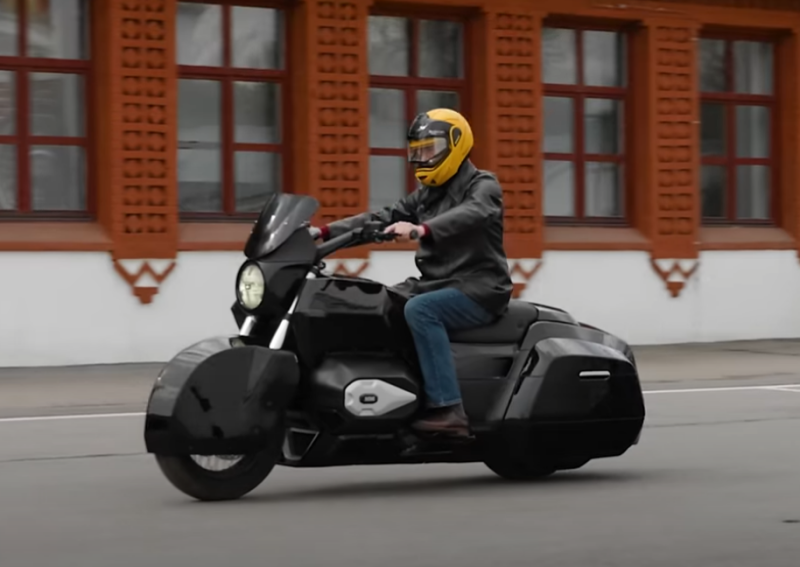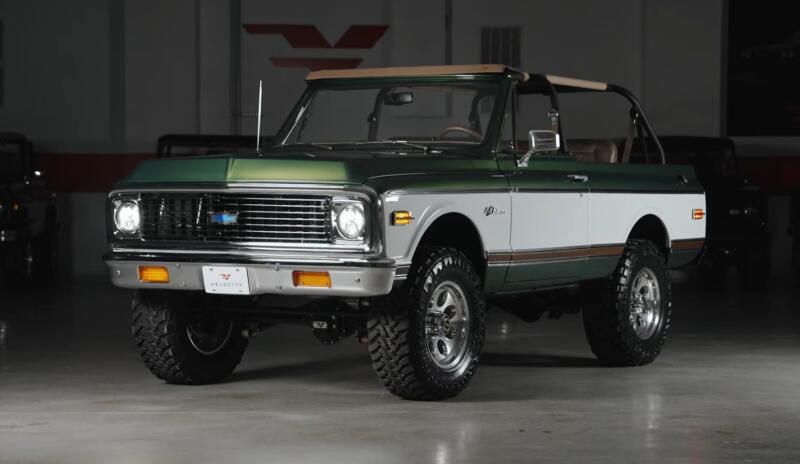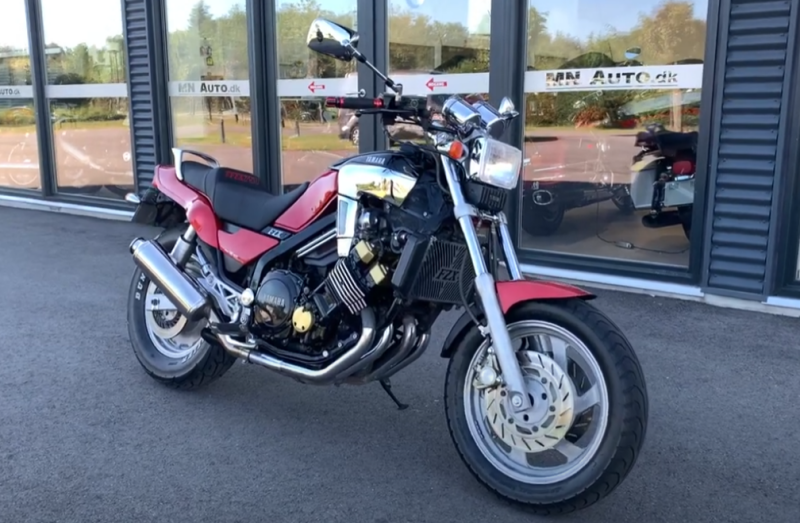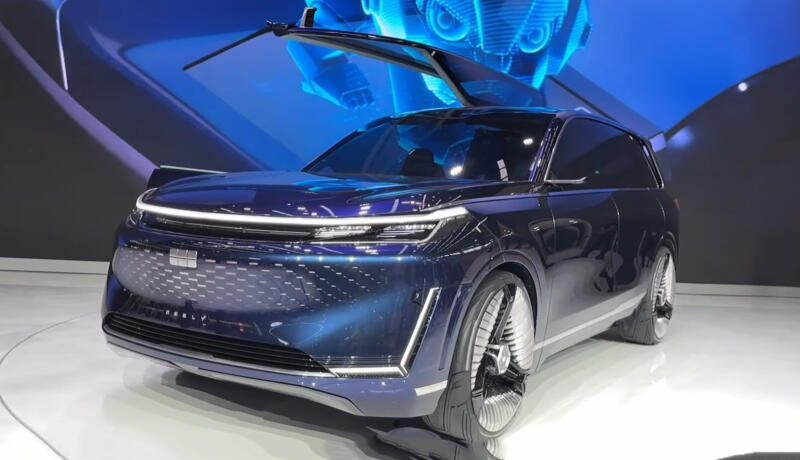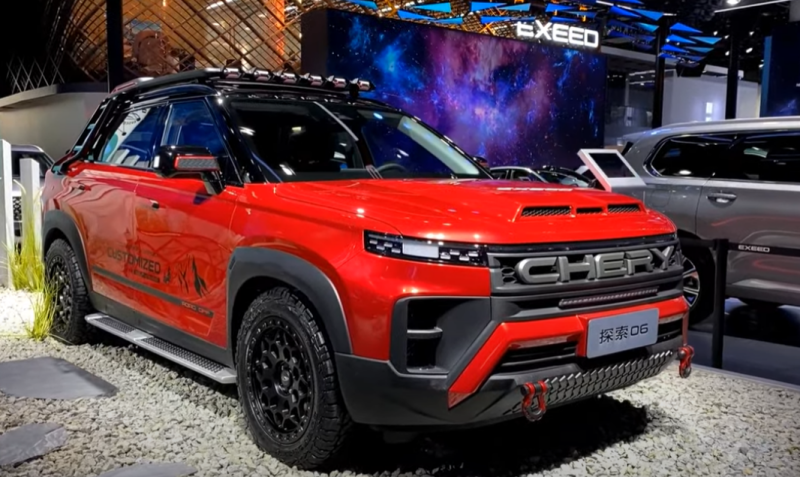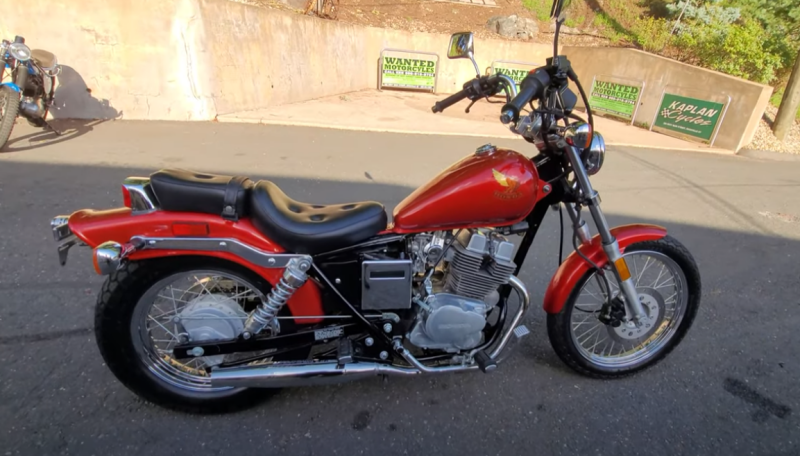High performance was achieved by Soviet designers on the path of civil aviation. For example, in the late 1960s, a unique Tu-144 aircraft appeared. This model not only managed to reach the sound barrier of speed, but also exceeded it by more than two times.
Externally, the plane also turned out to be memorable - a swift silhouette with a characteristic nose resembles some kind of bird. But this model, although it carried passengers, was not for long - the fate of the Tu-144 was not very favorable.
History of "birth"
After the end of the Second World War, jet aviation began to develop rapidly in all major countries. The leaders were, of course, the USSR and the USA. Having mastered the military field, design engineers also took up the civil sphere.
 Outwardly, the plane looks like a bird of prey. Photo: Youtube.com
Outwardly, the plane looks like a bird of prey. Photo: Youtube.comSupersonic liners had to close a number of tasks:
✅ Reduce flight time
✅ Do without several transfers
✅ Give passengers a new level of comfort
Plus, it's prestigious to make a serial civilian supersonic aircraft.
But the first were not the USA and the USSR, but England and France. Each of these two countries has set itself the ambitious goal of making an aircraft capable of carrying 100 passengers at a speed of 2 km/h.
After several years of work, it became clear that nothing good would come of this idea - too expensive for such small countries as England and France. They eventually merged in 1962. Thus began the history of Concorde.
In the United States of America, their developments were carried out on a similar model, but on a well-known American scale. Their project called "Supersonic" was designed for 300 passengers and a speed of about 3 km/h. The scale turned out to be too grandiose even for the United States - in the end it was abandoned.
 This is the main competitor of the Tu-144 - Concorde. Photo: Youtube.com
This is the main competitor of the Tu-144 - Concorde. Photo: Youtube.comBut the Soviet Union, which also became interested in the project, achieved results. It happened thanks to Khrushchev. He decided that such a superiority of the capitalists should not be allowed.
The decree on the creation of a new supersonic aircraft was signed in 1963. They entrusted this business to the Tupolev Design Bureau, the model was called the Tu-144.
The designers did not try to repeat the "imperial" manners of the United States, and decided to develop an aircraft for 100 passenger seats, capable of accelerating to 2 km / h with a cruising range of 700 km.
The young Andrey Tupolev became the chief engineer of the project. Of course, such military aircraft have already been successfully produced, but to create a civilian airliner, a lot had to be invented from scratch.
During the development of the model, the designers first of all abandoned the tail unit in order to lighten the weight of the liner as much as possible. Then the question arose about the use of engines.
In the mid-1960s, the USSR did not have an engine capable of providing the Tu-144 with the necessary speed along with efficiency. The only contender who was eventually chosen was the engine of the Kuibyshev plant.
 Tu-144 was supposed to be widely used in passenger transportation. Photo: Youtube.com
Tu-144 was supposed to be widely used in passenger transportation. Photo: Youtube.comDesigned by Kuznetsov, this motor could accelerate the liner to supersonic speeds. Of course, not one, but a quartet of four power units.
But there was one serious problem that would have cut all attempts to use the Tu-144 in transportation in the bud. Kuznetsov's engines worked in afterburner modes - and this is just wild fuel consumption.
But a resolution came from above that the main thing was to make several prototypes. This was supposed to "wipe the nose" of the West, and then you can start developing special engines suitable for economically sound operation.
Tu-144 has become a truly all-Union project. Hundreds of enterprises from all over the country took part in the construction of the liner. The aircraft was assembled in Moscow, but the final refinement of the model took place at the base in Zhukovsky.
The Tu-144 made its first flight at the end of December 1968. The Soviet liner overtook the western Concorde by 2 months. So the USSR won the unofficial race.
This event was actively discussed by the Western press. The main idea that they tried to instill in the people was that the USSR was engaged in industrial espionage, due to which it overtook foreign countries.
 Tu-144 in flight. Photo: Youtube.com
Tu-144 in flight. Photo: Youtube.comIn fact, the Soviet Union, England and France worked closely together during the development of supersonic passenger aircraft, but this point is not customary to cover. The main reason for the victory of the USSR in the race is the work in three shifts without days off.
Model construction
The first feature of the Tu-144 is the tailless aerodynamic design. The fuselage is made in the form of an elongated semi-monocoque tube.
The lining for the liner was developed specially - it is made of expensive titanium alloys. This step had to be taken by force - as a result of tests, it was proved that only such a material is able to withstand high-temperature loads at supersonic speeds.
The fuselage consists of three blocks:
✅ Cockpit with nose cone
✅ Salon for 90-150 passengers
✅ Rear part where the main fuel tank is placed
The Tu-144 electronics are not as perfect in their parameters as the similar Concorde system. But she proved to be reliable and trouble-free.
The engines on the experimental Tu-144 used Kuibyshev. Rybinsk engines were already installed on production models.
Remarkably, the latest engines were developed for the Tu-144. These power units were innovative - they could accelerate the aircraft to supersonic speeds without the use of an afterburner, which significantly reduced fuel consumption.
The chassis for the Tu-144 was developed as a tricycle with a nose strut. Fuel tanks in the amount of 18 pieces were placed in the wings. When the liner accelerated to supersonic speed, the fuel was pumped into the main tank.
 The liner is landing. Photo: Youtube.com
The liner is landing. Photo: Youtube.comThe speed parameters of the Tu-144 were superior to the western Concorde - 2 and 300 km / h, respectively. The Soviet liner is designed for 2 passengers, against 150 for a competitor.
All Tu-144 engines, including those installed on prototypes, were superior to the Olympus-593 power units. Although you should not assume that foreign engineers could not come up with powerful motors. Their task was to create balanced engines for environmental friendliness and economy.
The unfortunate fate of the Tu-144
In early June 1973, the liner was shown at the international aviation salon. The tests took two days and ended in disaster. But then everything was attributed to the human factor, so as not to close such a promising project.
In 1975 Tu-144 made the first mail flight. A couple of years later, it was decided to use the aircraft for passenger transportation.
The liner made flights on Thursdays for seven months. The ticket cost 80 rubles against 62 on a regular plane. There were plenty of people who wanted to try cosmic speeds.
Each Tu-144 flight was a joy for passengers and a headache for the crew and dispatchers. Any unforeseen situation could lead to disaster.
 Takeoff Tu-144. Photo: Youtube.com
Takeoff Tu-144. Photo: Youtube.comIn May 1978, an experimental Tu-144 crashed, after which passengers were no longer transported on serial liners. This is more likely due to the economic inexpediency of flights - tickets did not pay even a small part of the costs.
Tu-144 aircraft still continued to be built in single copies until the mid-80s. They were used for test flights and world records.
A total of 17 Tu-144 aircraft were built. There is information that a couple of liners are still in working condition, a few more can be returned to service by repairing. The rest of the cars have been scrapped.
